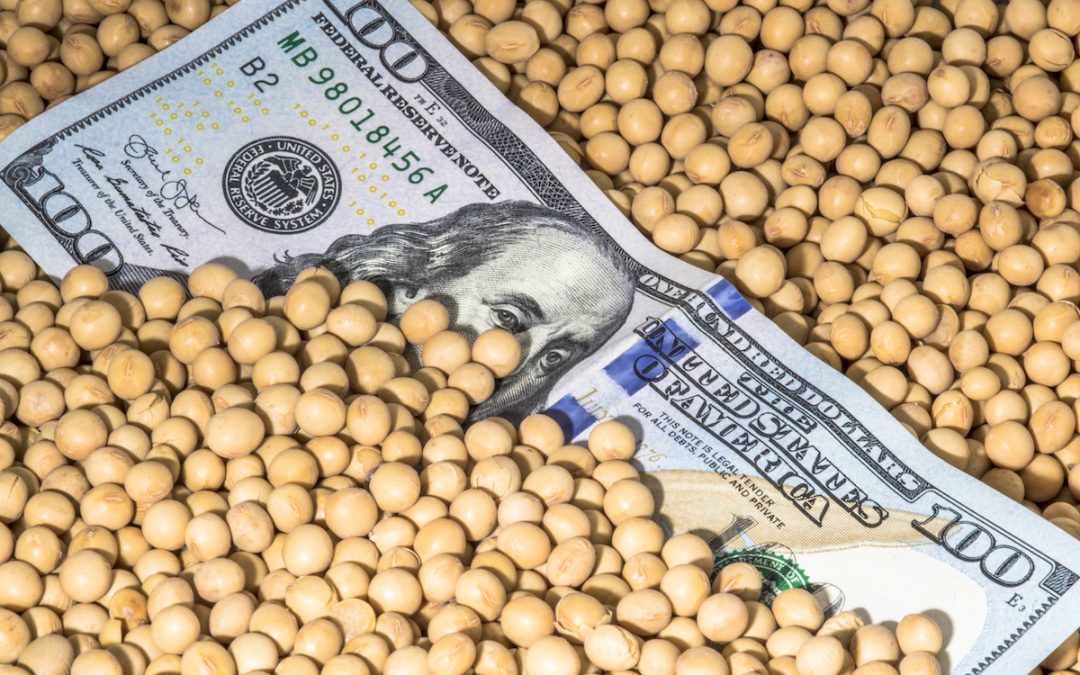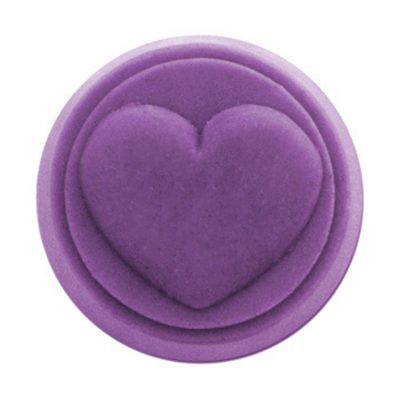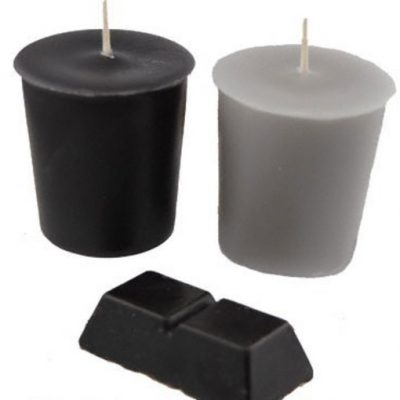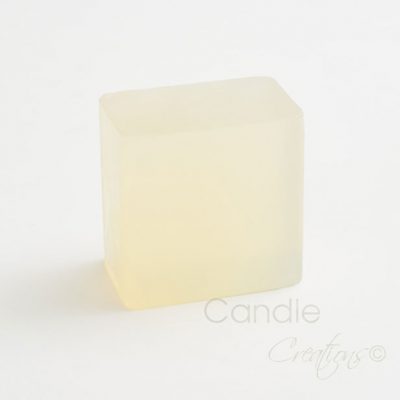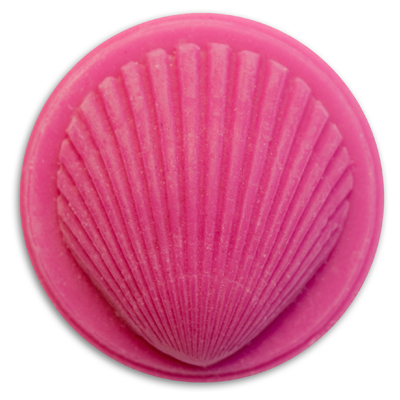 As New Zealand’s largest importer of Soy Waxes for use in candle making, we here at Candle Creations keep a close eye on the price of soy wax. We import our waxes directly from the leading manufacturers around the world and we resell our wax by the carton at genuine wholesale rates. Our margins on wax don’t change much at all, so if you notice an increase in the price of your wax it will be due to one or more of the many factors that affect the price you pay for your box of wax.
As New Zealand’s largest importer of Soy Waxes for use in candle making, we here at Candle Creations keep a close eye on the price of soy wax. We import our waxes directly from the leading manufacturers around the world and we resell our wax by the carton at genuine wholesale rates. Our margins on wax don’t change much at all, so if you notice an increase in the price of your wax it will be due to one or more of the many factors that affect the price you pay for your box of wax.
Here’s a look behind the scenes at just what causes price fluctuations in soy wax.
The price of Soybeans
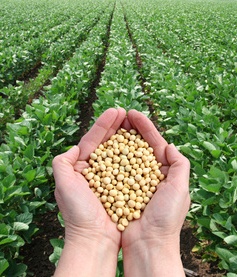 When the price of Soybeans increases so does the cost of making wax and it is important to note that only a small percentage of Soybean crops are used to make candle wax. The vast majority of Soy is used for food and biofuel. Some of the main drivers of Soybean prices are:
When the price of Soybeans increases so does the cost of making wax and it is important to note that only a small percentage of Soybean crops are used to make candle wax. The vast majority of Soy is used for food and biofuel. Some of the main drivers of Soybean prices are:
If there is more demand for soy as a food, then the price goes up. Demand for food can increase if other food crops (such as corn or rice) are in low supply. If crude oil is in short supply petrol companies tend to increase production of “biofuels” and they use more beans.
Storms can affect crop yields and upset the planting cycle leading to short supply and higher prices. Conversely if the market favours other crops such as corn there can be an oversupply of Soy in the market and prices can be lower as a result.
Tariffs: During a “trade war: such as we have seen recently between the USA and China tariffs are often imposed on Soybeans and other commodities, this drives the price up further.
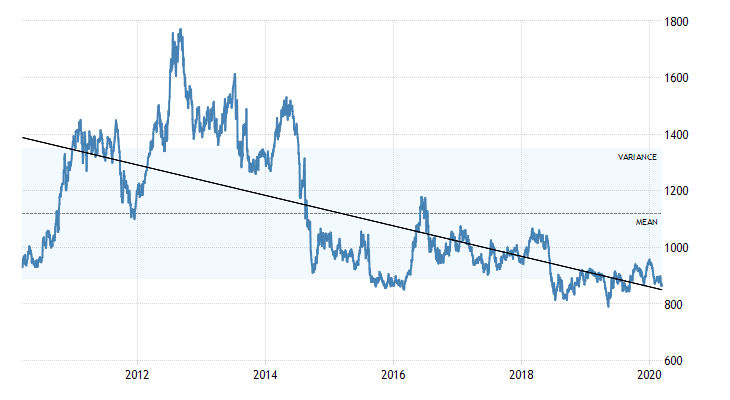
Source: tradingeconomics.com/commodity/soybeans
We can see in the graph that the Soybean price has been trending down over the last 10 years. You can see a peak in price around 2013 and some of our customers may recall that a box of GW464 was around $175 back then! Even though the price has been steadily trending down over time we can also see that in the last 12 months the price has been heading up. But we can’t just take the Soybean price alone, there are other factors affecting the price of your box of candle wax.
The exchange rate
We buy our wax in US$ which means that the lower the NZD is against the USD, the dearer the wax. The NZD dollar has been steadily weakening over the last 7 years and is in fact now at the lowest point in over 10 years.
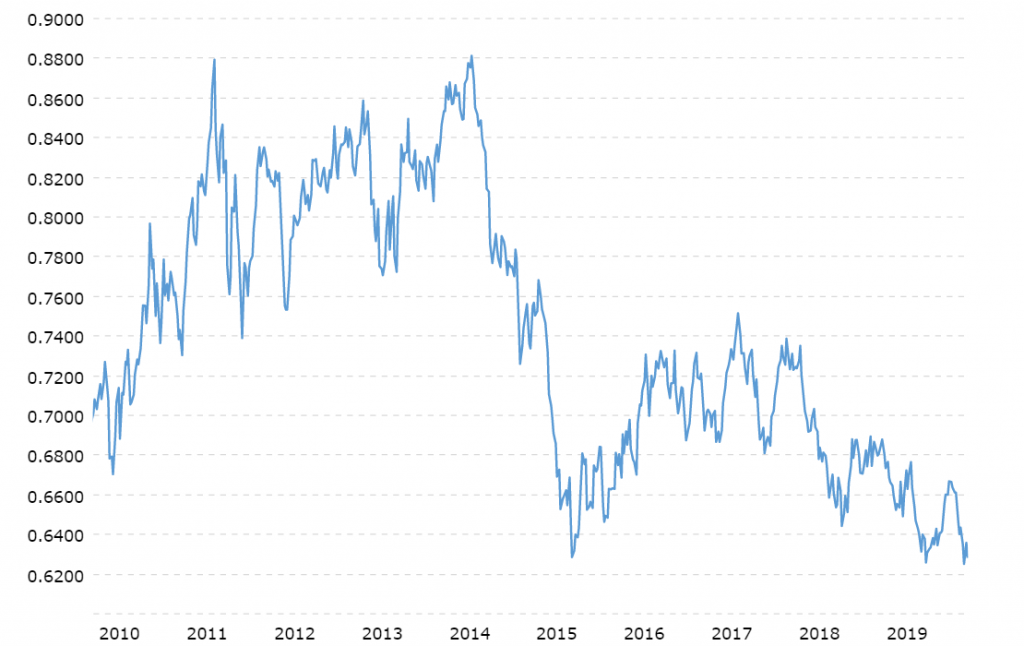
We can see in the NZD v USD graph above that our buying power in New Zealand has weakened dramatically since the peak in 2014 and at present is at an all time low. This (combined with a short term increase in Soybean price) is the biggest influence on the cost of your wax. Even though the Soy price is trending down, the increased cost of the USD is wiping out any savings we might otherwise enjoy. In fact, in the last 12 months we’ve been hit with a “double whammy” with the price of Soy and the cost of USD increasing at the same time. The result is that the landed price of Soy wax is now dearer than it has been for many years.
Speaking of “landed” price we now come to the third main factor impacting the price of candle wax….
Shipping costs
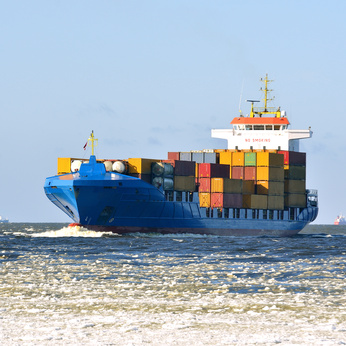 Being 12,000 kilometres away from some of our wax factories presents expensive logistical problems. The cost of shipping from the USA in particular is very high and can vary greatly. In America right now (2020) there is a shortage of staff and equipment in the transport industry and this makes shipping expensive and slow.
Being 12,000 kilometres away from some of our wax factories presents expensive logistical problems. The cost of shipping from the USA in particular is very high and can vary greatly. In America right now (2020) there is a shortage of staff and equipment in the transport industry and this makes shipping expensive and slow.
Being this far from our supliers requires us to hold more stock than we need so that we can try to avoid running out, and holding extra stock costs us more money which in turn also affects the price of your wax.
A word on Fresh Wax, Cheap Wax, and the real impact of a price change
When buying natural wax such as Soy remember this simple rule “fresh is best”!
At Candle Creations we buy directly from the factory door of the world’s leading wax manufacturers, this means that your wax is always fresh and direct and you have the full support of our company and the factory behind you.
If you find cheaper wax out there it is probably “second hand” meaning it has not come direct from the factory…. Usually it has come via a third party “parallel imported”. It is more likely to be old stock that was purchased when the soy price was lower…sometimes stockpiled for years! Beware of this wax, old wax can be harder to work with and may not perform as well, it might be in solid block form which will slow down your production, and there is little or no support from a factory if things go wrong.
The real impact of a price rise in wax. As a rule of thumb, an increase (or saving) of $10 per carton of wax equates to around 10 cents per candle or less.* Don’t risk making an inferior candle (that you are likely to be selling for around $40) for the sake of 10 cents.
Stick with an accredited supplier of Soy candle wax such as Candle Creations. Check the batch dates on your wax and remember that the price is forgotten long after the value and quality of your candle is enjoyed by you and your customers.
* If you take the average size candle at 250 grams, you can make around 100 scented candles from one carton of wax. This equates to roughly 10 cents per candle.

